In north-eastern Italy, there is a World Heritage Site that takes us back to the shine of the 16th-century Venetian republic where life took place amidst beautiful towns full of wealth and beautiful landscapes dotted with classical-style villas belonging to local nobles and aristocrats. Let's discover the wonders of Vicenza and Palladio's villas in the Veneto.
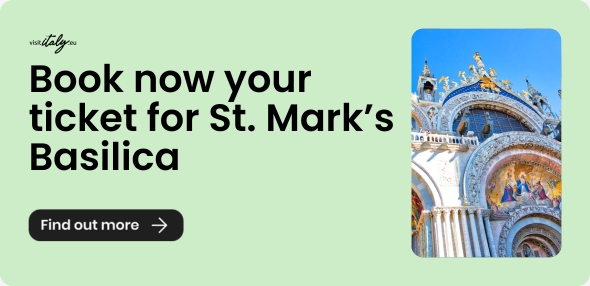
Vicenza

Vicenza boasts a unique history and architectural beauty. Founded in the 6th century BC by Paleovenetian peoples, it fell under Roman control in the 2nd century BC and then came under the rule of the Republic of Venice at the beginning of the 15th century.
But it was under Andrea di Pietro della Gondola, known as Palladio, one of the most important architects of the 16th century, that the city reached its best period, adorning itself with extraordinary public and private buildings.
The city's urban planning, tracing the course of Roman roads, took on increasingly elegant forms, adorning itself with monuments that, even today, attract millions of visitors from all over the world.
The Basilica Palladiana, a gothic building that was the seat of the magistracy and redefined by Palladio; the Olympic Theatre, the first covered theatre in the world built in the city's ancient prisons; the Loggia Valmarana and Piazza dei Signori are just some of the main sights to see in Vicenza before moving on to its enchanting surroundings.
The Palladian Villas: history
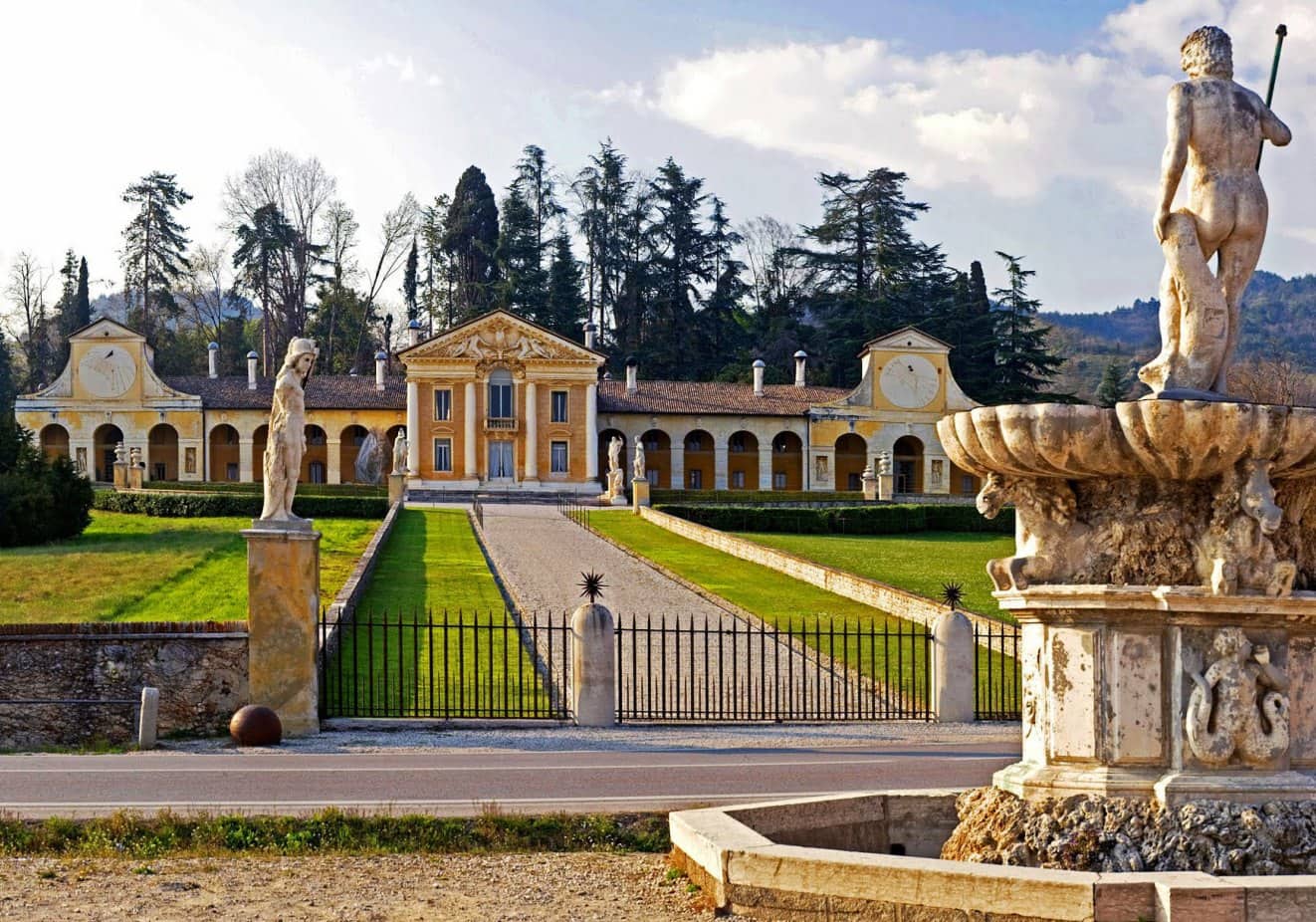
The Palladian villas are named after the aforementioned architect Andrea Palladio, the creator of a characteristic style that has made him famous throughout the ages. The sumptuous dwellings, many of which are located in the province of Vicenza, belonged to the bourgeois and aristocratic families of the time and were used not only as houses but also as the seat of productive activities, mainly agricultural. There are a total of 23 palaces (located in the city of Vicenza) and 24 villas, all built in the second half of the 16th century. The style and forms used by the artist were the object of study for architects of all subsequent eras, thanks also to the help of Palladio himself, who summarised the theories, drafts and drawings of his creations in the treatise The Four Books of Architecture dated to the second half of the 1500s. The architect created a real style, Palladianism, which reflects the main characteristics that still distinguish the villas around Vicenza today.
The Palladian Villas: architecture
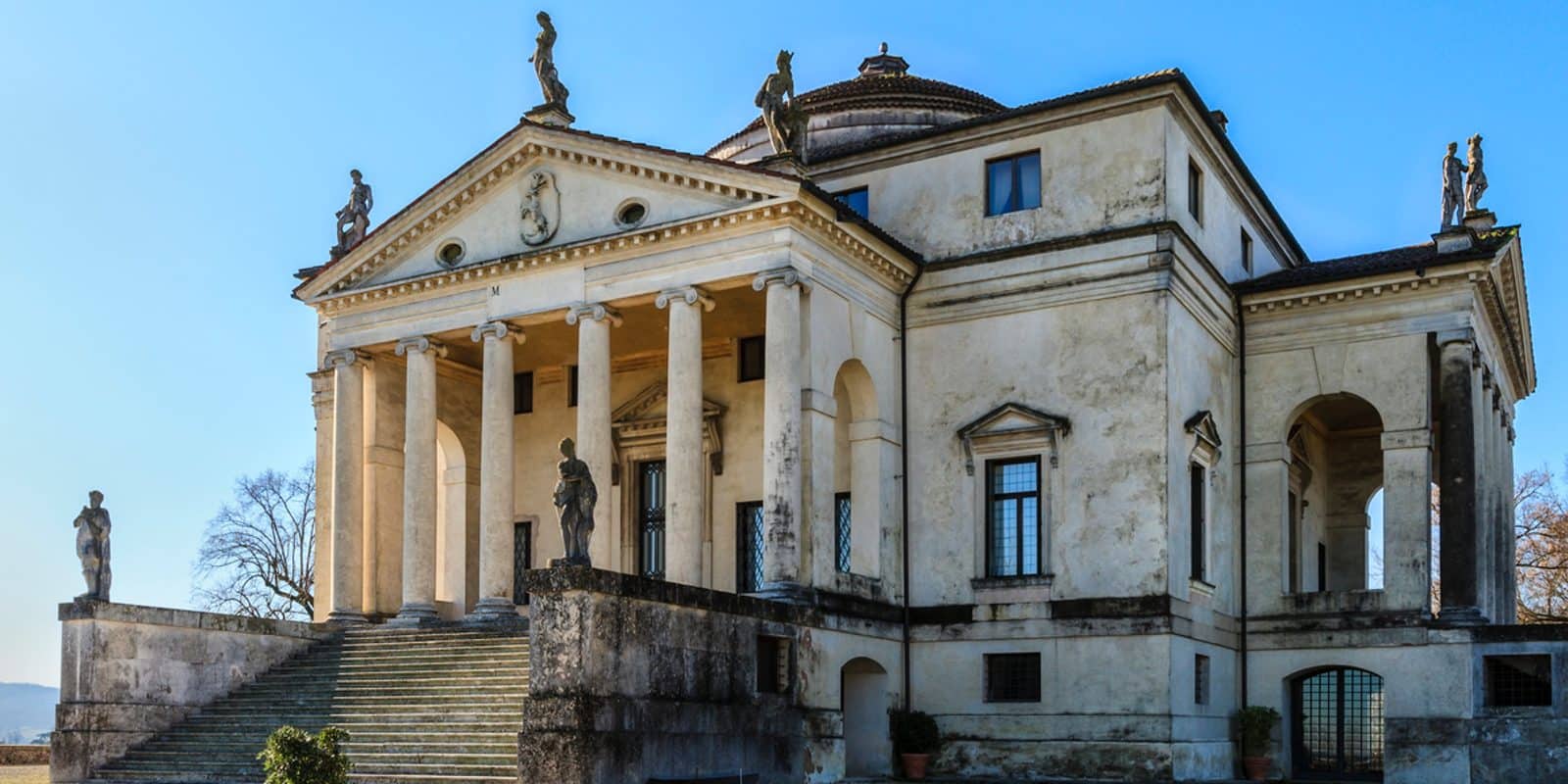
Almost all villas share a well-defined architectural layout: they are rural residences consisting of one or more floors which served as a dwelling, a meeting and leisure place and a control centre for the agricultural activities practised on the surrounding land.
The majestic façades were intended to welcome guests and at the same time affirm the importance and role of the owner of the house. The villas were surrounded by an enclosure to protect the property, often with towers and observation points.
The interiors were organised in a well-defined manner: on the ground floor service rooms, cellars and kitchens; on the main floor the rooms for the aristocrats and their guests. The most common shapes used to create the rooms were rectangular and square; symmetry often reigned supreme in the division of the various spaces, with the private rooms of the owners in the centre of the building and studies or offices on the sides.
Every villa had a loggia, most of the times decorated, which embellished the silhouette of the building and offered a space for walks and various entertainments.
But the real peculiarity of the villas is in the use of the courtyard surrounding the villa: vegetable gardens, chicken coops, wells, farmers' houses, stables and ovens populated the large green spaces around the house, a real small village teeming with vitality where the master's employees could carry out the production and survival activities of the entire structure.
One of the most innovative elements introduced by Palladio were the barchesse: buildings which housed the rustic activities of the estate and embellished the surrounding landscape.
The style used to decorate the house was classically inspired: majestic colonnades, frescoed decorations, large arched windows and Renaissance proportions.
It is impossible not to draw comparisons with the ancient Roman rural villas cited by Cicero, Horaceace and the Latin authors as ideal locations for the otium (rest) of the ancients. Palladio himself emphasised in his writings how essential the philosophy of the villa was to understanding his architecture: a home but also a place of study, calm and reflection.
The most famous Palladian villas
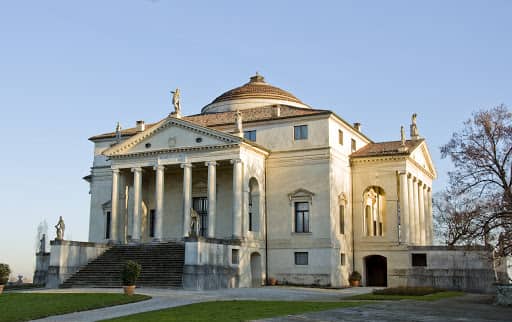
To name the most famous villas is a difficult task. Each building has its own beauty and originality that make it unique and of extreme value. But if we want to name the most important ones, we certainly cannot exclude Villa Capra, known as the Rotonda because of its circular shape and its position on the top of a hill, Villa Angarano where it is still possible to buy local products or Villa Pojana, with its beautiful frescoes. There is also Villa Valmarana ai nani (so called because of the statues with which it is decorated) the residence where there is the only portrait in the world by Andrea Palladio, the villa-tempio (temple) Chiericati and Villa Porto Godi with its majestic garden.
UNESCO World Heritage
Elegance and balance, the colonnaded loggias, the Italian gardens, the enchanting decorations and the majesty of the Greco-Roman-inspired façades are just some of the reasons why these villas became UNESCO World Heritage Sites in 1996 (two years after Vicenza). The criteria used by the commission cited the uniqueness of the historic centre of the Venetian city and the unique style of the villas "characterised by an incomparable formal purity". This heritage grows in importance if we think of the diffusion that Palladio's style has had all over the world and over the centuries. It is a growing and evolving heritage; everywhere the style of Vicenza's villas and palaces has been imitated and inspired other buildings. In France, the United Kingdom and Russia it is not difficult to come across Palladian imitation structures. This architectural movement was also particularly successful in the USA, where President Thomas Jefferson had his private residence and the University of Virginia built in Palladian style. Both sites are on the UNESCO World Heritage List.
On 6 December 2010, the United States Congress recognised Andrea Palladio as the "father" of American architecture, inspiring many colonial-style buildings and the nation's most famous monuments such as the Capitol and the White House.
The value of the villas is not only in the beauty of the single building, but also in the relationship that each of these architectural jewels creates with the Veneto landscape and the surrounding environment.
A diffuse heritage, therefore, to be enjoyed as we move from villa to villa, all sharing a timeless beauty that takes us back to the shine and elegance of the Veneto in the 16th century.
About the author
Written on 19/04/2021

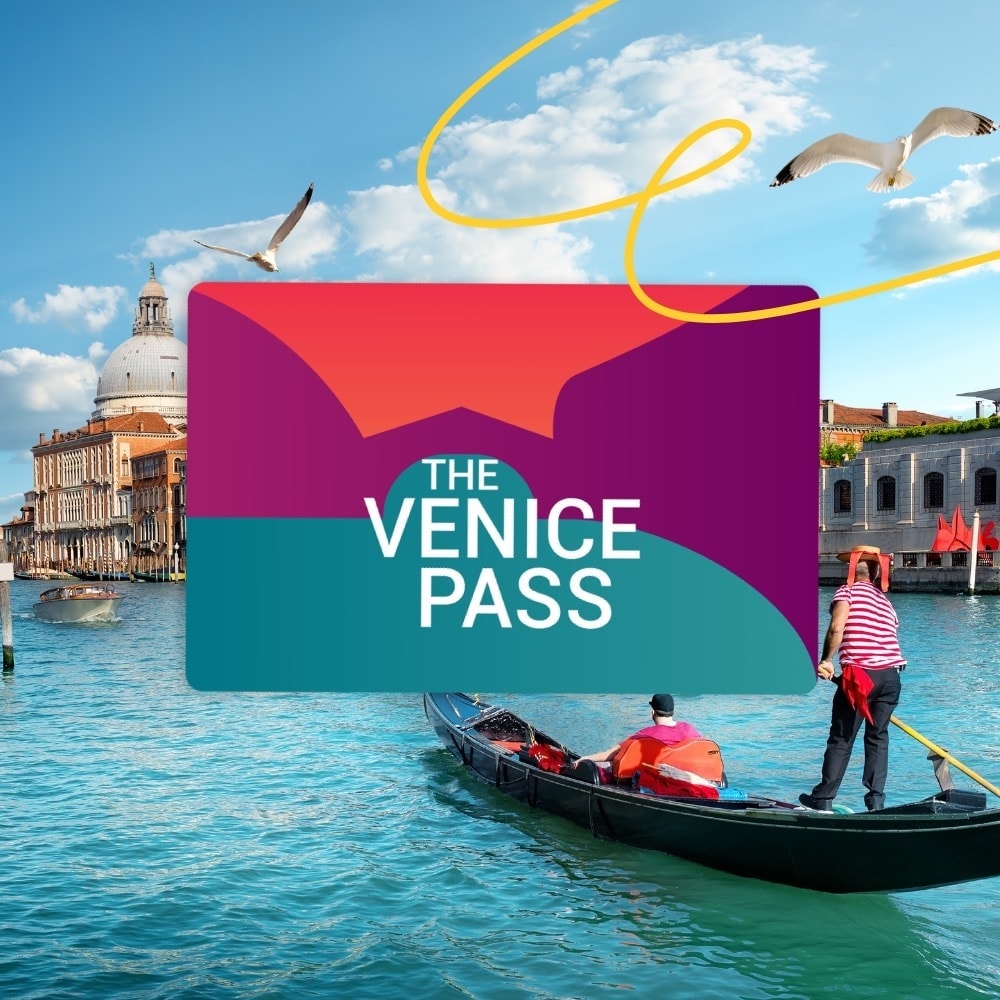
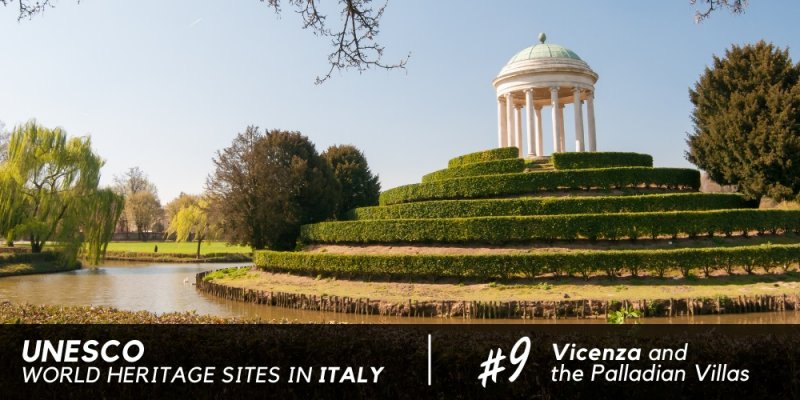

Maria Luisa Ancona
Elegance, symmetry and majesty are the key words to describe Palladio's villas and the marvellous palaces of the city of Vicenza, UNESCO 1994. A stroll through these residences means savouring the splendour of 16th-century Veneto, in places where architecture and nature come together to create pure, refined forms.